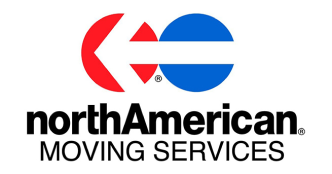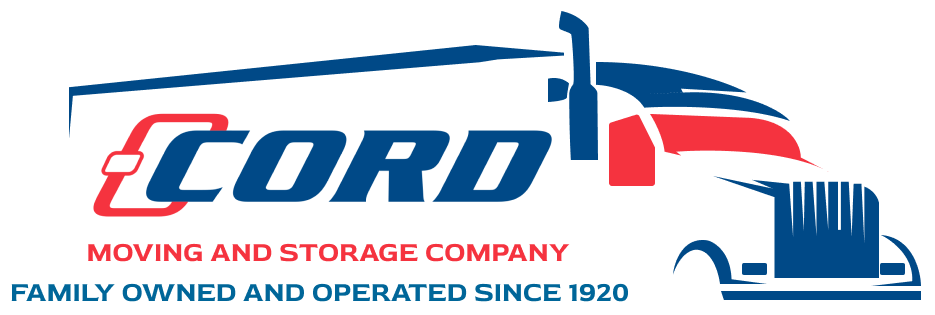Knicks, dings, cracks, tears, and out-right breaks — damage can occur, to some degree, during a move, even with professional moving crews. If it’s a long distance – say cross-country, the opportunity for harm to items jumps significantly.
It doesn’t help that, often and for many moving companies, the damage-claim process seems cloaked in a fog of mystery and paperwork. In fact, some moving companies, worried about spiraling claims costs, go out of the way to prevent customers from understanding and, therefore, navigating the process easily.
What do movers not want you to know? The experts at Cord Moving and Storage share the secrets with you.
No Quibbling
If you have a small claim, submit it. Movers with ethics most of them affiliated with a national Van Lines like North American Van Lines www.navl.com want you to have a satisfactory experience.
For the most part, those in the moving industry understand that it’s a stressful time, and we will do what we can to address the issue. This is especially true of very small claims of less than $100. As long as the paperwork and photos match the claim, you shouldn’t receive much pushback. (You did take photos, right?)
That being said…
Damage Happens
Perhaps the most closely guarded secret of the moving industry is that, despite expertise and loads of blankets, moving countless small and large, fragile and sturdy items any distance often results in some small damage. Glasses break. Lampshades get crushed. Save yourself the future headache and adjust your expectations accordingly.
Communicate
Have an item with high value, either sentimental or price tag? Share this with your moving team starting with your sales representative during the in-home survey. Let them know how important it is to you.
Let them know about antique furniture or heavy items, such as pool tables, gun safes, or pianos. The key here is to let them know before moving day so preparations can be put in place.
If two movers show up to move you, that shouldn’t be the first time you tell them about your hot tub or the sectional couch on the second floor that can only go out the balcony.
Many people expect this. However, there are a couple of things you might not expect.
For example, particle board isn’t covered. This means that your Target bookshelves and IKEA furniture (not normally constructed for decades of use) aren’t covered.
Most Damages Occur in Transit
The road — with all its twists, turns, bumps, and sudden stops — is unkind to your possessions. The most common type of damage, as determined by participating in thousands and thousands of moves, comes from objects rubbing together during travel. Avoid this through the copious use of blankets and wrapping. We recommend about a dozen furniture pads per room.
Read the Form
Fine print is everywhere and, confession time, Most people rarely read more than a few words before quickly clicking or signing my consent – I am sure you not alone.
The average person would need 250 hours a year to read all the fine print and terms and conditions we face in everyday life, according to a recent Washington Post article.
That being said, take the time to read the moving contract. For instance, Cord Moving’s contract includes several details some people simply fail to read, including:
- You aren’t covered for damage that occurs in transit if you do it yourself rather trusting Cord Moving and Storage where you would be covered
- For the best results, you MUST note ANY damage on the paperwork before the crew leaves the site
- Thoroughly understand the process – pre-move and post
- Ask questions about the preparation of the “Descriptive Inventory make by your professional van foreman
Payments are Predetermined
The amount you will receive for that furniture ding or broken picture frame is set by federal regulation.
It’s set at $0.60 per pound per item.
When a customer submits a damage claim, we consult a thorough and complex table to see how much to pay out.
This makes it more important than ever to protect your items that are expensive but not heavy, like big screen TVs.
Keep the original box, purchase a specifically-made box, or wrap it in several blankets. Sixty cents on the pound won’t come close to replacing a 10 pound, $600 television.
Paperwork
At the end of the move, take a moment before signing any paperwork to review your items.
Look for damage on table legs, scratches on television screens, and other significant disrepair. Then, take the most important step in the damage claim process — write everything on the paperwork before you sign it.
Take pictures before you move and after. For the after shots, be sure to include a wide shot of the entire piece and a close-up of the damage.
Then, send all the paperwork and pictures together in one e-mail or envelope. This keeps the information condensed and easily accessible.
Timetable
The damage-claim process can take up to 90 days, although here at Cord Moving Agents for North American Van Lines we typically close claims far faster — usually in fewer than 30 days.
No Faxes, Please
The ’80’s called. They want their old technology back.
Faxes, while great for speeding up communication, don’t work for sharing photos of the damage. The images come through as rectangular blobs of black and white. Basic shape, much fewer details like scratches and dents, simply isn’t visible. Instead, e-mail your photos in. This allows the team to understand where and what damage occurred. If e-mail isn’t an option, even using the good ‘ole U.S. Postal Service is a better call than fax.
At Cord Moving and Storage, we are always looking for ways to make your move simple and stress-free — and this includes making the damage claims process easier. Please let us know if you have a suggestion so we can make it easy.


